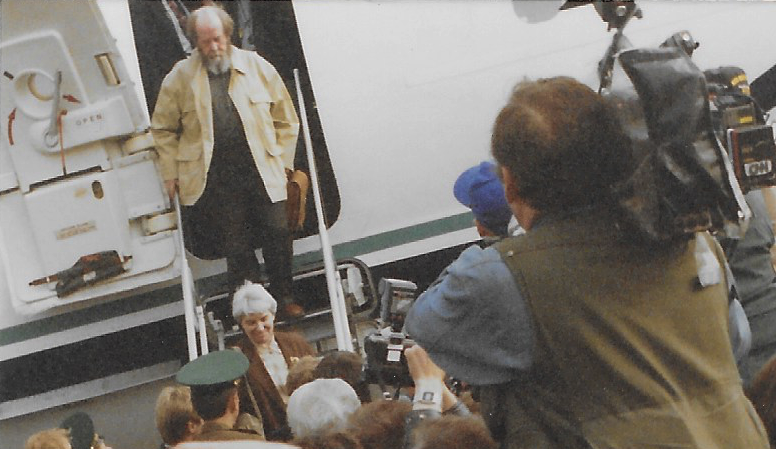Cold War Radio Museum During the Reagan Administration, foreign language services at the Voice of America (VOA) were for the first time given in the 1980s significant freedom to originate their own news reports and to share them with VOA English programs. Some of these news reports and news backgrounders with audio actualities were also shared in English through the…
Cold War Radio Museum Could a foreign power such as Russia try to infiltrate the Voice of America (VOA) or influence its executives, broadcasters and programs? Could U.S. government-hired journalists and program contributors, acting on their own, support in VOA broadcasts accommodation with authoritarian rulers in countries such as China, Cuba, Iran or even North Korea? Could one-sided propaganda produced…
Executive Order 9182 Establishing the Office of War Information June 13, 1942 In recognition of the right of the American people and of all other peoples opposing the Axis aggressors to be truthfully informed about the common war effort, and by virtue of the authority vested in me by the Constitution, by the First War Powers Act, 1941, and as…
Cold War Radio Museum The Crusade for Freedom was the name of an advertising campaign designed to get Americans to contribute money to Radio Free Europe which broadcast radio programs in various languages to the captive nations behind the Iron Curtain during the Cold War. The ad seen here is from 1966 and appeared in an American magazine. This particular…
Cold War Radio Museum Commentary by Ted Lipien In his February 26, 1962 speech to mark the 20th anniversary of the Voice of America (VOA), President Kennedy discussed the necessity of freedom of information and complete truthfulness of the press, but he also argued that the Voice of America is different from private U.S. news media. He pointed…
Cold War Radio Museum In 1951, the Voice of America (VOA), which was at that time located in New York but managed from Washington by the State Department, was under heavily criticism, particularly from Republicans in the U.S. Congress, for failing to counter Soviet propaganda. Voice of America listeners in communist ruled Poland, in letters smuggled to the United States…
Cold War Radio Museum In 1951, the Voice of America (VOA), which was at that time located primarily in New York but managed from Washington by the State Department, was under heavily criticism, particularly from Republicans in the U.S. Congress, for failing to counter Soviet propaganda. There was a spirited debate as to whether VOA should continue to offer primarily…
Cold War Radio Museum During World War II and the Cold War, the Voice of America (VOA) used shortwave radio transmitters operated by private U.S. companies to reach audiences in Nazi and Japanese controlled territories and later audiences in communist-ruled nations behind the so-called Iron and Bamboo Curtains. One of the commercial transmitters used under contract with the U.S. government…
By Ted Lipien Cold War Radio Museum Secession, aggression, and threats at large. Rebellions, upheavals, and street fights at hand. How frightening it is to be in charge Of this vast and terrible land! What seemed immortal is now dead. What had not existed now abounds. May God not allow what I fervently dread – That the winds of yore…

SOLZHENITSYN Target of KGB Propaganda and Censorship by Voice of America
OPINION Cold War Radio Museum How Voice of America Censored Solzhenitsyn SOLZHENITSYN, Target of KGB Propaganda and Censorship by Voice of America By Ted Lipien This research article, written for Cold War Radio Museum website to coincide with the 100th anniversary of the 1917 Bolshevik coup in Russia, deals primarily with censorship at the U.S. taxpayer-funded and government-run Voice of…